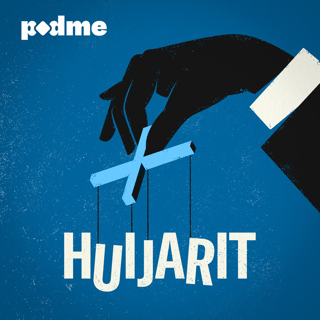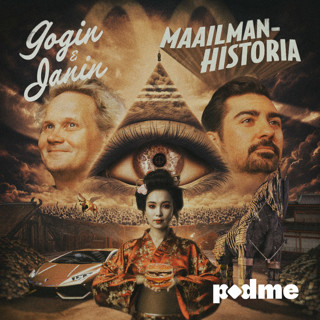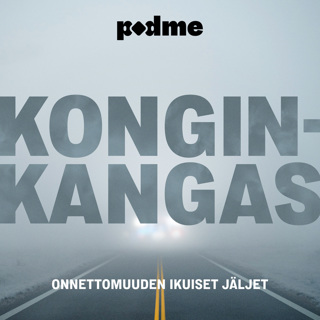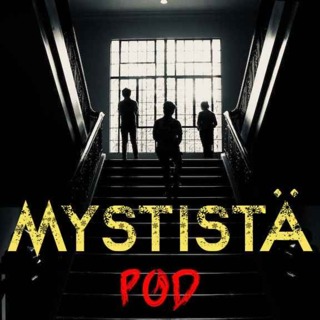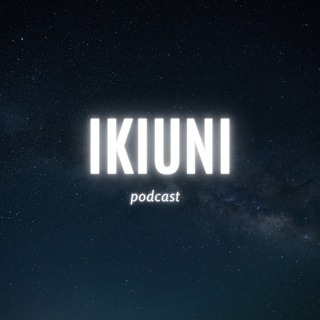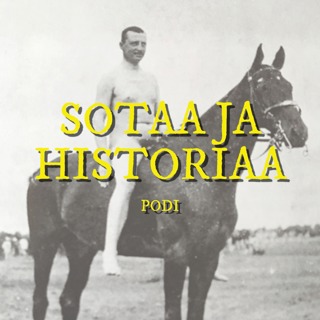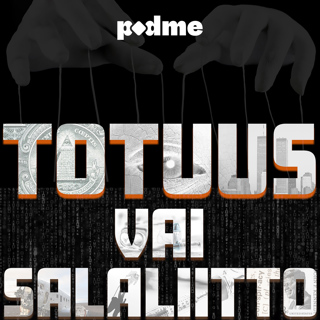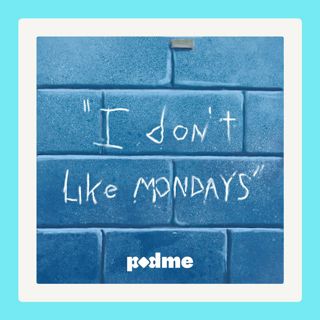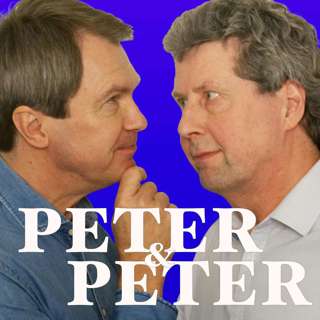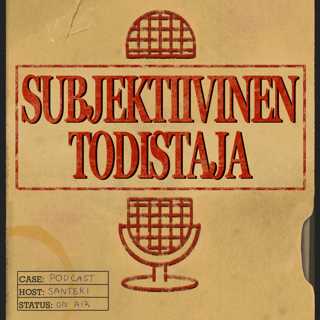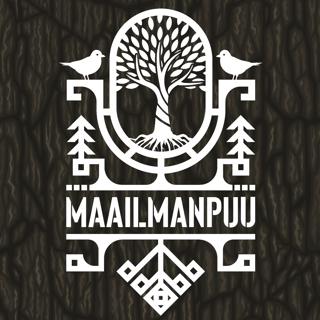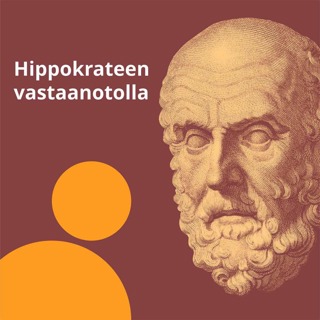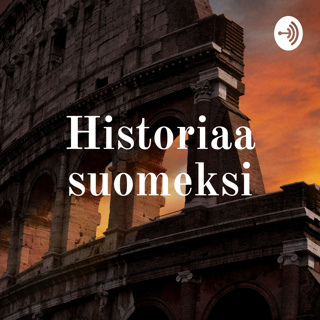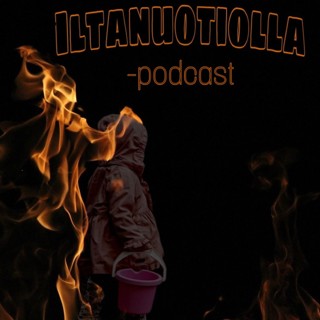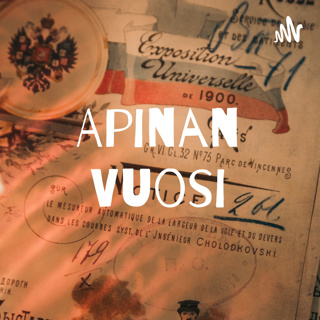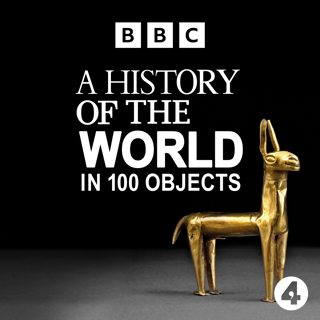
Hokusai's The Great Wave
The history of humanity - as told through one hundred objects from the British Museum in London - is once again in Japan. This week Neil MacGregor, the museum's director, is looking at the global economy in the 19th century - at mass production and mass consumption. Today he is with an image that rapidly made its way around the world - Hokusai's print, The Great Wave, the now familiar seascape with a snow topped Mount Fuji in the background that became emblematic of the newly emerging Japan. Neil explores the conditions that produced this famous image - with help from Japan watchers Donald Keene and Christine Guth.Producer: Anthony Denselow
13 Loka 201013min

Early Victorian tea set
This week Neil MacGregor's history of the world is looking at how the global economy became cemented in the 19th century, a time of mass production and mass consumption. He tells the story of how tea became the defining national drink in Britain - why have we become so closely associated with a brew made from leaves mainly grown in China and India? The object he has chosen to reflect this curious history is an early Victorian tea set, made in Staffordshire and perfectly familiar to all of us. The historian Celina Fox and Monique Simmonds from Kew gardens find new meaning in the ubiquitous cuppa.Producer: Anthony Denselow
12 Loka 201014min

Ship's chronometer from HMS Beagle
Neil MacGregor's history of the world as told through things. Throughout this week he is examining the global economy of the 19th century - of mass production and mass consumption. Today he is with an instrument that first helped Europeans to navigate with precision around the world - a marine chronometer. The one Neil has chosen actually accompanied Darwin on his great voyage to South America and the Galapagos Islands - a journey that was to help lead him to his revolutionary theories on evolution. The geographer Nigel Thrift and the geneticist Steve Jones celebrate the chronometer and the profound changes it prompted.Producer: Anthony Denselow
11 Loka 201014min

Jade bi
Neil MacGregor's world history told through the things that time has left behind. Throughout this week, Neil has been looking at Europe's discoveries around the world and its engagement with different cultures during the 18th century - the European Enlightenment project. Today he describes what was happening in China during this period, as the country was experiencing its own Enlightenment under the Qianlong Emperor. He tells the story through a jade disc (called a Bi) that was probably made around 1500 BC and then written over by the Emperor himself. What does this prehistoric piece of jade tell us about life in 18th century China and how they explored their past? The historian Jonathan Spence and the poet Yang Lian find meaning in this intriguing object.Producer: Anthony Denselow
8 Loka 201014min

Australian Bark Shield
The history of humanity as told through one hundred objects from the British Museum in London. This week, Neil MacGregor, the Director of the Museum, is looking at Europe's engagement with the rest of the world during the 18th century. Today he is with an object "freighted with layers of history, legend, global politics and race relations". It is a shield from Australia, originally owned by one of the men to first set eyes on Europeans as they descended on Botany Bay nearly 250 years ago. This remarkably well-preserved object was brought to England by the explorer Captain Cook. What can this object tell us about the early encounter between two such different cultures? Phil Gordon, the aboriginal Heritage Officer at the Australian Museum in Sydney, and the historian Maria Nugent help tell the story. Producer: Anthony Denselow
7 Loka 201013min

North American Buckskin Map
The history of humanity - as told through one hundred objects from the British Museum in London - is once again in North America. This week, Neil MacGregor, the museum's director, is looking at Europe's engagement with the rest of the world in the 18th century. Today he tells the story of a map, roughly drawn on deerskin that was used as the colonists negotiated for land in the area between the Great Lakes and the Mississippi. It was probably drawn up by a Native American around 1774. Neil looks at how the French and the British were in conflict in the region, and examines the different attitudes to land and living between Europeans and Native Americans. Martin Lewis, an expert on maps from this region, and the historian David Edmunds describe the map and the clash of cultures that was played out within its boundaries. Producer: Anthony Denselow
6 Loka 201013min

Hawaiian feather helmet
This week Neil MacGregor's history of the world is telling the story of European encounters across the globe during the 18th century. Today he finds out what happened to Captain Cook as he was mapping and collecting in the Pacific. Neil tells the story through a chieftain's helmet made from a myriad of colourful bird feathers that was given to Cook when he landed in Hawaii in 1778. This is not a story with a happy ending. The anthropologist Nicholas Thomas and the Hawaiian academics Marques Hanalei Marzan, Kyle Nakanelua and Kaholokula help describe Cook's impact in the Pacific and the meaning of the feathered helmet.Producer: Anthony Denselow.
5 Loka 201013min

Akan Drum
Neil MacGregor's history of the world as told through things that time has left behind. Throughout this week, he is examining the often troubled relationship between Europe and the rest of the world during the 18th century. Today he tells the extraordinary story of a now fragile African drum. It was taken to America during the years of the slave trade and where it came into contact with Native Americans. The drum was brought to England by Sir Hans Sloane, whose collection became the British Museum in 1753. This drum, the earliest African-American object in the Museum, is a rare surviving example of an instrument whose music was to profoundly influence American culture - bought to America on a slave ship and transported to Britain by a slave owner. The historian Anthony Appiah and the writer Bonnie Greer consider the impact of this drum.Producer: Anthony Denselow Music research specifically for the Akan drum: Michael Doran
4 Loka 201014min




